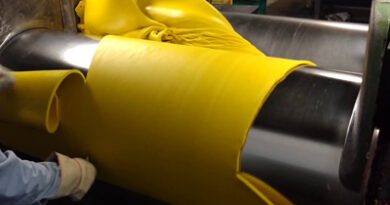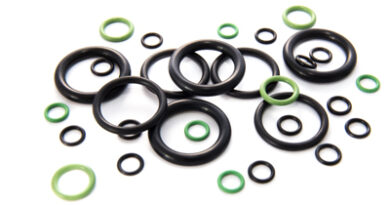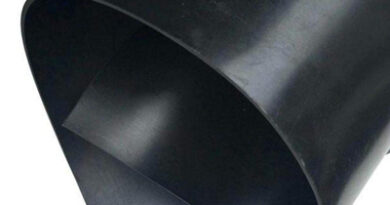Silane modified low molecular weight liquid polymers in sulfur cured mixtures of styrene butadiene copolymers and silica
Global emissions of greenhouse gases from trucks and passenger cars are influenced by the deformation energy and friction losses of tires. It is mostly associated with the rolling resistance between the tire tread and the road surface. For this reason, the rolling resistance is considered one of the most important performance indicators (that is, targeted to be reduced) within the tire industry.
Read More








